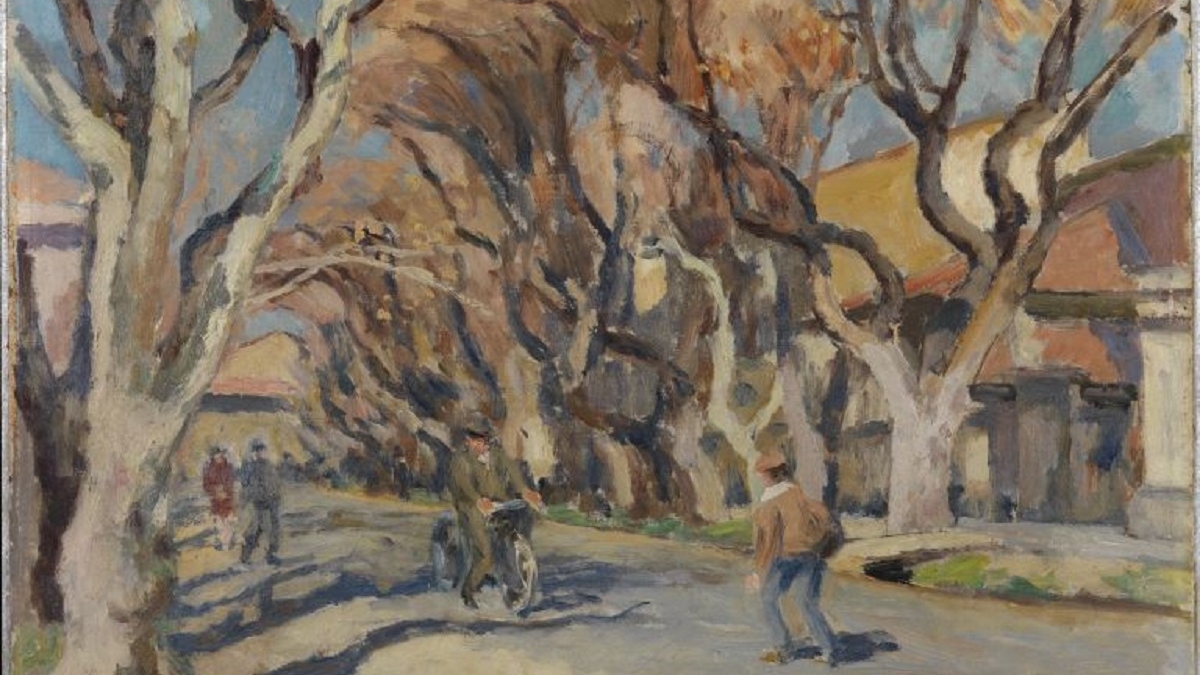
Making Sense of Ideas on Art: A Course in Art Theory, c.1800-c. 2000
Online
Dr Matthias Vollmer
5 pre-recorded lectures and 5 live Zoom seminars at 18:00, and where necessary, also at 19:30 [London time], over 5 weeks from Wednesday 2 October to Wednesday 30 October 2024
£195
NB – THIS COURSE IS NOW FULL
Please email short.courses@courtauld.ac.uk to be added to the waiting list.
Course description
This intensive, introductory course is designed for everyone with an interest in art theory. Philosophical theories on the nature, characteristics and function of art, and more narrowly, on beauty, have been very influential in the development of art history and in the ways we have interpreted, and sometimes also made, images. The names of their authors crop up time and again in art–historical texts – Edmund Burke and Immanuel Kant, among others – but for all their impact, the theories of these philosophers are not always well or widely understood.
From the early twentieth centuries, art history has come into its own as a serious academic discipline and influential art historians like Roger Fry, Aby Warburg, Erwin Panofsky and Michael Baxandall developed their own approaches to the study of art. In 1971, Linda Nochlin wrote an article, “…No Great Women Artists?“ Giving a tremendous momentum to feminist scholarship concerning women in the arts, Nochlin raised such questions as: how is a woman’s gaze different from a man’s? How does that difference influence the ways in which the two genders view the world?
A more recent approach is represented by W.J.T. Mitchell´s 1992 ‘pictorial turn’ in the humanities, registering a renewed interest in, and prevalence of, images in a so–called ‘age of simulation’, with its extensive and increasingly diverse visual culture. German art historian Hans Belting´s Bildwissenschaft (the study of images) is a more recent form of art history and focuses primarily on meaning, message and composition, not as an end in itself, but in pursuit of the image as a vehicle by which political and social power is enacted and disseminated. We conclude this round with Whitney Davis who has extended the broad scope of his studies to investigate the development of professional art history in interaction with archaeology, philosophical aesthetics, anthropology, queer theory and with visual-cultural studies.
N.B. While this course requires no pre-existing knowledge of art history or theory, an interest in philosophical concepts and the history of ideas will be beneficial.
Lecturer’s biography
Dr Matthias Vollmer is Adjunct Professor at the Freie Universität Berlin European Studies Programme. He studied art history, philosophy and orientalism at the Freie Universität Berlin and wrote his PhD thesis on medieval book illustration. Matthias teaches interdisciplinary seminars on medieval and Renaissance art, as well as courses on modern art at the Freie Universität Berlin, the Universität der Künste Berlin, the Universität Münster and the Universität Frankfurt. He currently researches the principles of visualisation in art and science.